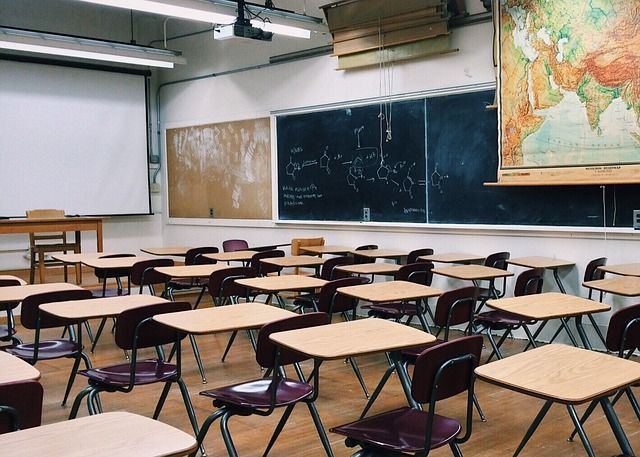
Virtually all school systems are constructed so that primary school pupils start school by studying more or less the same curriculum in schools and classrooms that are not segregated based on preferences or abilities. However, at some point school systems tend to separate pupils. Particularly in European systems, this process involves arranging secondary school students into separate tracks with potentially very different curricula, often limiting prospects for further education. What are the consequences of this type of tracking? Given the evidence, what is the right age to separate students into different school tracks?
Tracking can lead to efficiency gains, since it allows schools to tailor curricula so that they match students’ preferences and abilities. But, usually information on preferences and abilities is far from perfect. School children are often not clear themselves. Therefore, tracking may result in segregation based on family background and can exacerbate underlying inequalities in society. Tracking seems to present a classic efficiency-inequality tradeoff to decision-makers. If done too late, the education system may end up wasting resources. If done too early, it risks reinforcing the unequal effects of family background on children’s outcomes.
Over the past two decades researchers have exploited comprehensive school reforms implemented in various European countries during the years following World War II to study the effects of tracking. These studies have consistently shown that postponing school tracking leads to higher social mobility. This implies that keeping students together in the same schools for longer weakens the association between parental background and child outcomes. Furthermore, these studies find no negative effects of postponing tracking on student achievement. Hence, the efficiency costs of postponing tracking may be small.
The evidence suggests that many European countries tracked students too early in the past. This does not, however, imply that tracking should not take place at some point. Studies that have looked at the effects of postponing tracking beyond the age of compulsory schooling have found that it can lead to increased drop-out rates. This implies that it is especially important to tailor curricula according to student preferences and abilities when students have the option of choosing whether or not to remain in school.
In the end, the precise timing of tracking will depend on the social preferences that the school system is based on. If a lot of weight is put on equality, tracking should be postponed to the end of compulsory schooling. If, on the other hand, efficiency is regarded as more important, tracking should take place earlier, during the years of compulsory schooling. The research suggests, however, that the efficiency costs of postponing tracking are smaller than previously thought. Postponing tracking can thus enhance the equalizing effects of the school system without producing substantial adverse effects on student achievement.
© Tuomas Pekkarinen
Read Tuomas Pekkarinen’s full article, “School tracking and intergenerational social mobility.”
Please note:
We recognize that IZA World of Labor articles may prompt discussion and possibly controversy. Opinion pieces, such as the one above, capture ideas and debates concisely, and anchor them with real-world examples. Opinions stated here do not necessarily reflect those of the IZA.